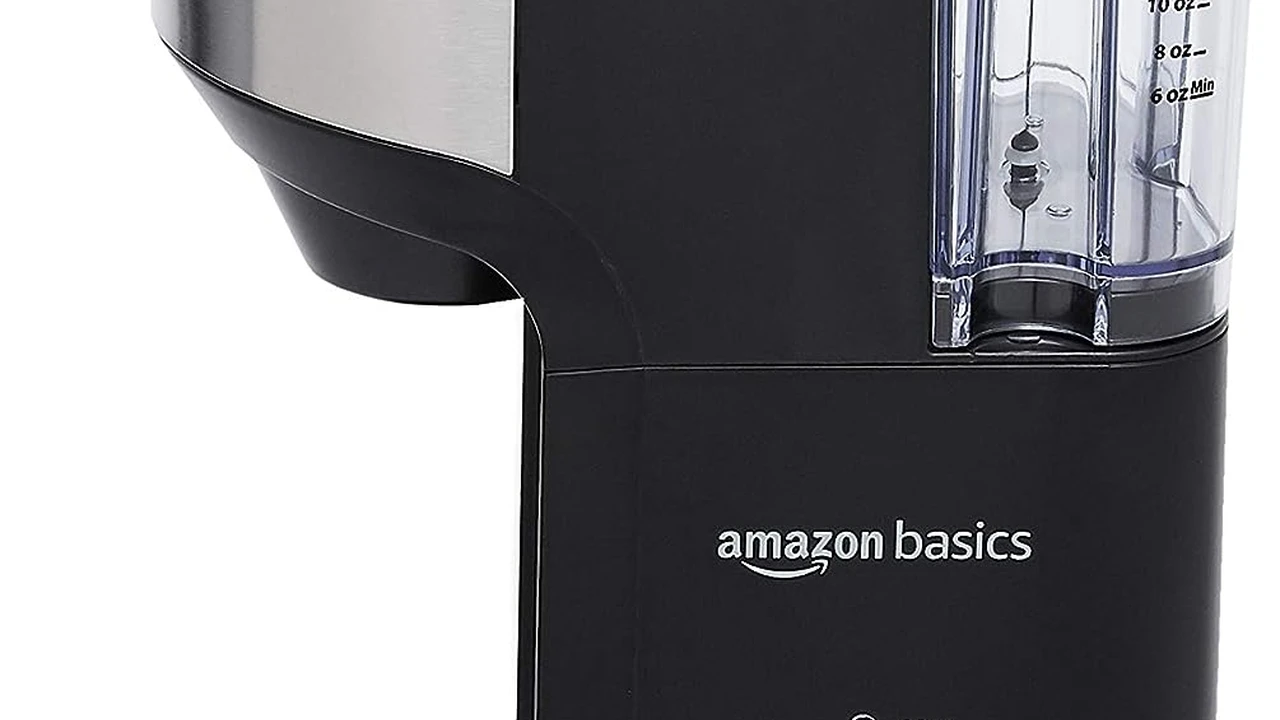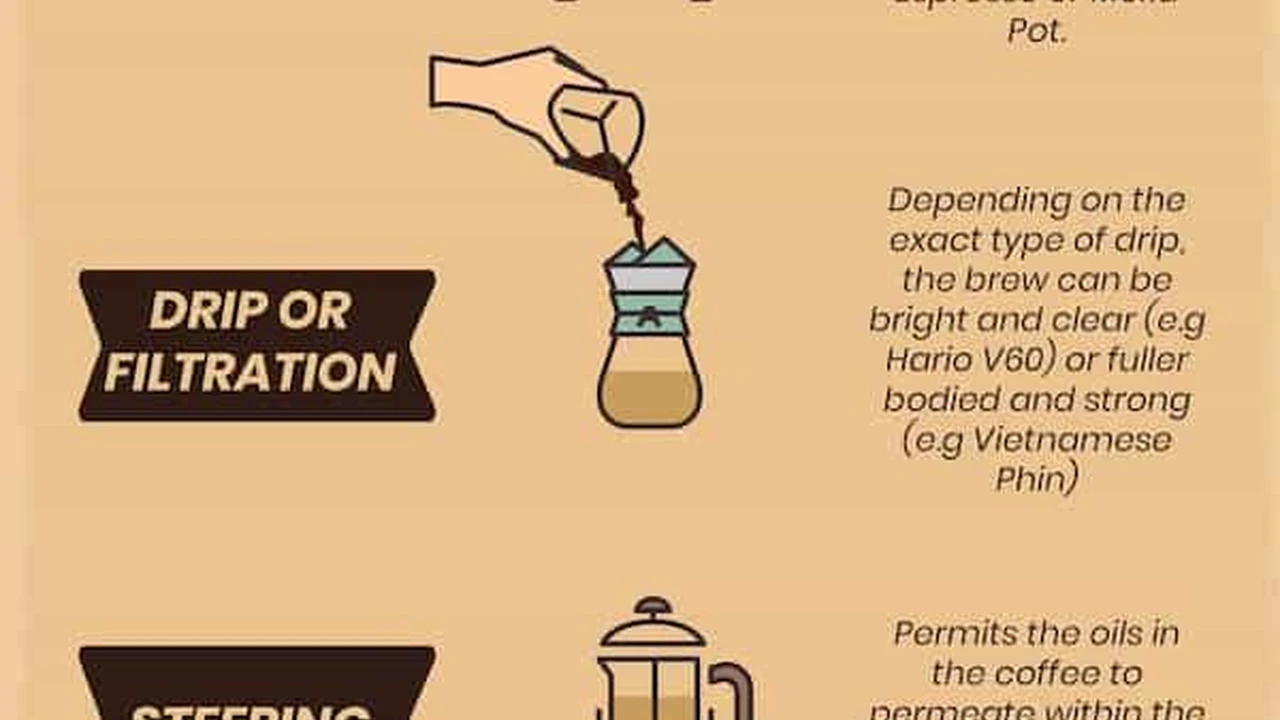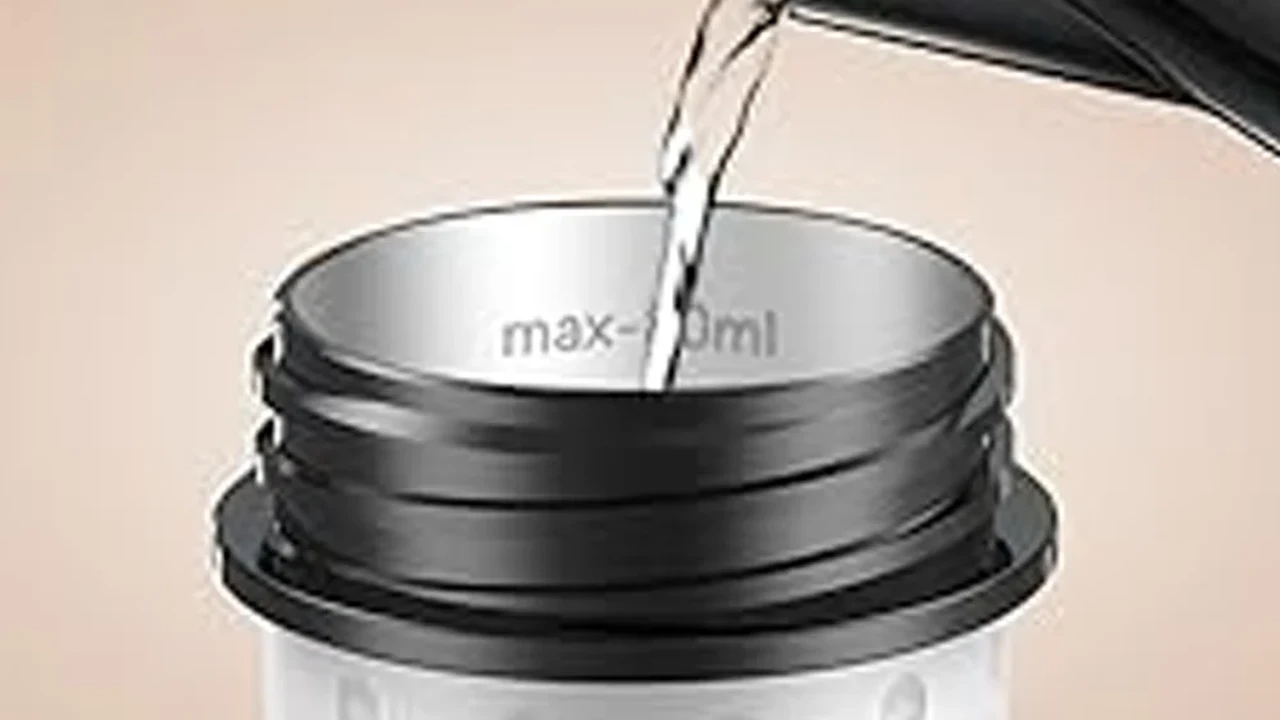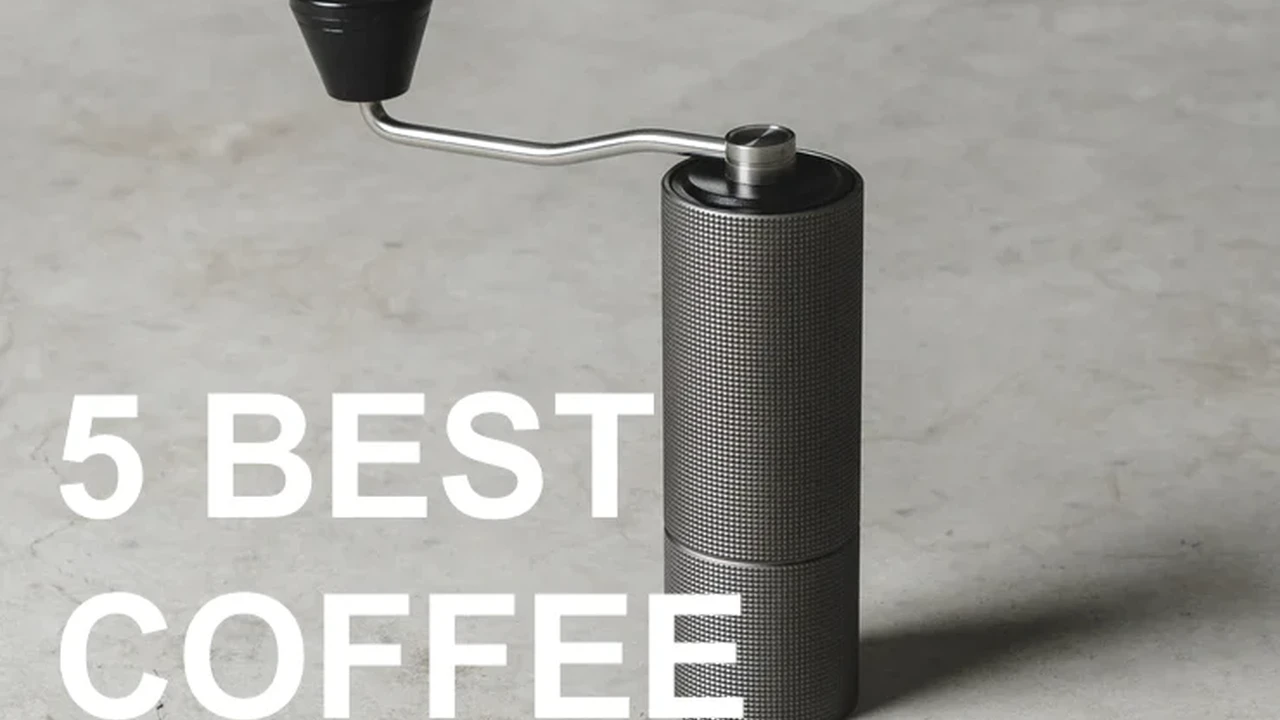5 Best Coffee Beans for Cold Brew
Share your passion for coffee with the world. Get tips on starting a coffee blog or building a social media presence.
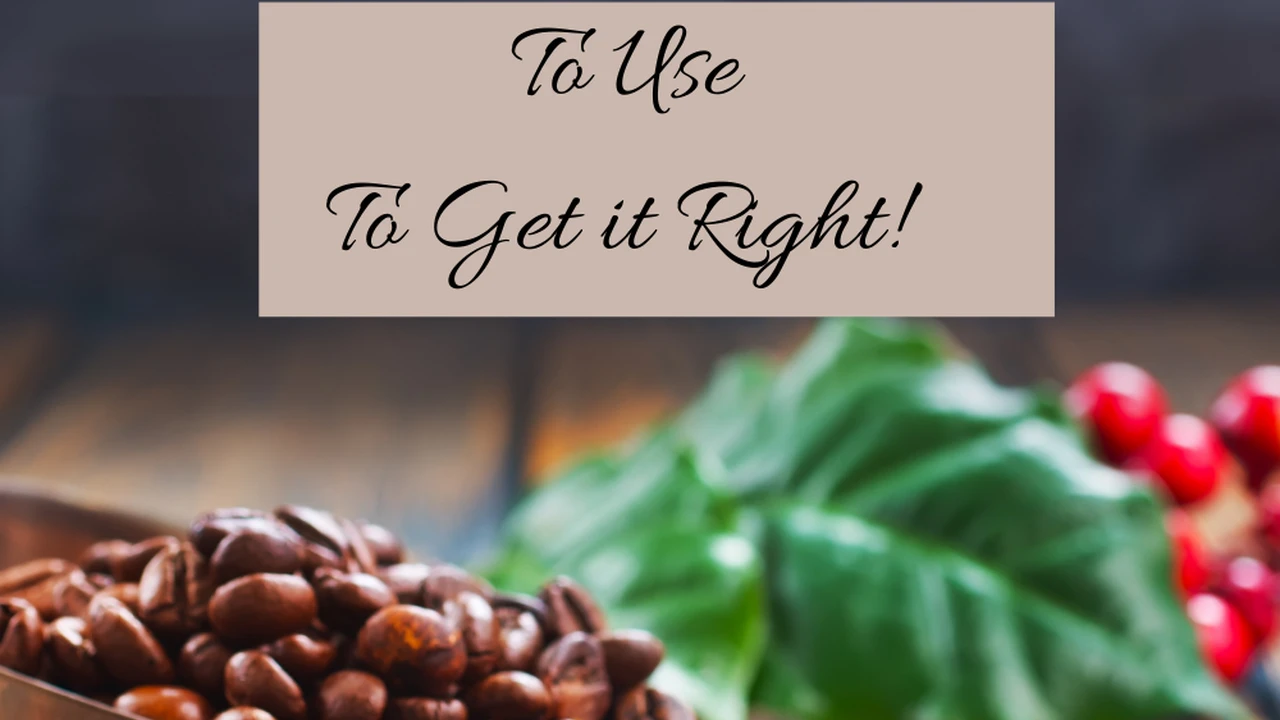
How to Start a Coffee Blog or Social Media Account
Hey there, fellow coffee enthusiast! Ever find yourself rambling to friends about the perfect espresso shot or the nuances of a single-origin pour-over? Do you spend hours researching the latest brewing gadgets or perfecting your latte art? If so, you've got the makings of a fantastic coffee content creator. Turning your passion into a coffee blog or a thriving social media presence isn't just a fun hobby; it can also be a way to connect with a global community, share your knowledge, and even open up new opportunities. Let's dive into how you can get started, whether you're aiming for a full-blown blog or just want to up your Instagram game.
Defining Your Niche and Audience for Coffee Content
Before you even think about a domain name or your first post, it's crucial to figure out what kind of coffee content you want to create and who you want to reach. The coffee world is vast, and trying to cover everything might leave you feeling overwhelmed and your audience confused. Think about what truly excites you.
Exploring Your Unique Coffee Angle and Content Focus
Are you obsessed with home espresso machines? Do you love reviewing different coffee beans? Perhaps you're a whiz at latte art, or maybe you're passionate about the sustainability side of coffee. Here are some niche ideas:
- Home Barista Tutorials: Step-by-step guides for brewing methods (pour-over, AeroPress, French press), espresso pulling, milk steaming, etc.
- Coffee Gear Reviews: In-depth reviews and comparisons of grinders, brewers, scales, and accessories.
- Bean Reviews and Roaster Spotlights: Tasting notes, origin stories, and interviews with local or online roasters.
- Coffee Culture and Travel: Exploring coffee shops in different cities, coffee traditions around the world, or the history of coffee.
- Sustainable Coffee: Focusing on ethical sourcing, fair trade, direct trade, and environmentally friendly practices.
- Coffee Recipes: Beyond the basic latte – creative coffee cocktails, desserts, or unique drink concoctions.
- Budget Barista: How to make great coffee at home without breaking the bank.
Once you have a few ideas, consider what makes your perspective unique. Do you have a quirky sense of humor? Are you incredibly detail-oriented? Your personality will be a huge part of your brand.
Identifying Your Target Coffee Audience and Their Needs
Who are you talking to? Are they complete beginners looking for simple guides? Experienced home baristas seeking advanced techniques? Or perhaps people interested in the ethical aspects of coffee? Knowing your audience helps you tailor your language, topics, and even the platforms you choose.
- Beginners: Focus on easy-to-understand language, basic concepts, and affordable gear.
- Intermediate Home Baristas: Dive deeper into extraction theory, advanced techniques, and mid-range equipment.
- Coffee Aficionados: Discuss nuanced flavors, high-end gear, and complex topics like water chemistry.
- Ethical Consumers: Highlight fair trade, organic, and sustainable brands.
Think about their pain points. Are they struggling with inconsistent espresso shots? Do they want to find the best budget grinder? Address these needs in your content.
Choosing Your Platform Blog vs Social Media for Coffee Content
This is a big decision, and it often depends on your comfort level with writing, video, and photography, as well as your long-term goals.
Starting a Coffee Blog Step by Step Guide
A blog gives you the most control over your content, design, and monetization. It's excellent for long-form articles, in-depth reviews, and building a comprehensive resource.
Selecting a Blogging Platform and Domain Name
WordPress.org: This is the gold standard for blogging. It's free software, but you'll need to pay for hosting and a domain name. It offers incredible flexibility and scalability. Popular hosts include Bluehost, SiteGround, and WP Engine. For a domain name, aim for something memorable, relevant to coffee, and easy to spell. Think 'TheDailyGrind.com' or 'HomeBrewHero.net'.
WordPress.com: A simpler, hosted version of WordPress. Easier to set up but less flexible than .org unless you upgrade to paid plans.
Squarespace/Wix: User-friendly drag-and-drop website builders. Great for beginners who want a beautiful site without much technical hassle. They handle hosting and domains for you, but offer less customization than WordPress.org.
Content Planning and SEO for Your Coffee Blog
Once your site is set up, it's time to plan your content. Think about evergreen topics (content that remains relevant over time, like 'How to Clean Your Espresso Machine') and trending topics (like reviews of new coffee gadgets).
Keyword Research: Use tools like Google Keyword Planner, Ahrefs, or SEMrush (even their free versions or trials) to find out what people are searching for related to coffee. If you're writing about 'best coffee grinders,' make sure that phrase, and related ones like 'top burr grinders' or 'espresso grinder reviews,' are naturally integrated into your article.
Structure Your Posts: Use clear headings (H1 for the main title, H2 for major sections, H3 for sub-sections) to make your content scannable and SEO-friendly. Break up long paragraphs. Use bullet points and numbered lists.
Internal and External Links: Link to other relevant articles on your blog (internal links) and to reputable external sources (external links) to provide more value and improve SEO.
Meta Descriptions: Craft compelling meta descriptions (like the one for this article!) that summarize your content and entice clicks from search results. Keep them concise, usually under 160 characters.
Building a Strong Coffee Social Media Presence
Social media is fantastic for visual content, quick tips, and direct engagement. You can start with one platform and expand as you get comfortable.
Choosing the Right Social Media Platforms for Coffee Enthusiasts
- Instagram: King for visual content. Perfect for latte art, beautiful coffee setups, brewing videos, and product shots. Use relevant hashtags like #homebarista #coffeegram #specialtycoffee.
- TikTok: Short-form video is huge. Great for quick tutorials, coffee hacks, behind-the-scenes, and engaging challenges.
- YouTube: Ideal for longer video tutorials, in-depth reviews, coffee vlogs, and comparisons. You can monetize through ads and sponsorships.
- Facebook: Good for building a community group, sharing blog posts, and running ads.
- Pinterest: Visual search engine. Great for sharing infographics, coffee recipes, and aesthetically pleasing coffee content that links back to your blog.
Content Strategy and Engagement for Social Media
Consistency is Key: Post regularly, whether it's daily or a few times a week. Your audience will learn to expect your content.
High-Quality Visuals: Invest in good lighting (natural light is often best!), a clean background, and a decent camera (your smartphone is probably fine to start). Learn basic photo and video editing.
Engage with Your Audience: Respond to comments, ask questions in your captions, run polls, and go live. Building a community is vital.
Use Hashtags and Keywords: Research popular and niche hashtags. On platforms like YouTube, use relevant keywords in your titles and descriptions.
Essential Gear and Tools for Coffee Content Creation
You don't need to break the bank to start, but a few key items can significantly improve your content quality.
Camera and Lighting Setup for Stunning Coffee Shots
Smartphone: Modern smartphones (like the iPhone 15 Pro Max or Samsung Galaxy S24 Ultra, typically priced around $1000-$1300) have incredible cameras. Learn to use portrait mode for depth and manual settings for exposure. They are perfect for starting out and even for professional-looking content.
Mirrorless Camera: If you want to step up, a mirrorless camera like the Sony Alpha a6400 (body only around $900, with kit lens around $1000) or Fujifilm X-T30 II (body only around $900, with kit lens around $1000) offers better low-light performance, more control, and interchangeable lenses. These are great for crisp photos and cinematic video.
Lighting: Natural light is your best friend. Position your setup near a window. If natural light isn't enough, consider a simple LED ring light (like the Neewer 18-inch Ring Light Kit, around $80-$120) or a softbox lighting kit (like the Neewer 2-Pack Softbox Lighting Kit, around $100-$150) for consistent, flattering illumination.
Audio Equipment for Clear Coffee Tutorials and Reviews
Good audio is often more important than good video. People will forgive slightly grainy video if the audio is clear.
Lavalier Microphone: A small clip-on mic (like the Rode SmartLav+ for smartphones, around $60-$80, or the Rode Wireless GO II for cameras/smartphones, around $200-$300) is excellent for capturing clear voiceovers and dialogue, minimizing room echo.
USB Microphone: For podcasting or voiceovers directly into your computer, a USB mic like the Blue Yeti (around $100-$130) or Rode NT-USB Mini (around $100) offers great sound quality.
Editing Software and Tools for Polished Coffee Content
Photo Editing:
- Lightroom Mobile (Free/Paid): Excellent for quick edits on your phone.
- Snapseed (Free): Google's powerful mobile photo editor.
- Canva (Free/Paid): Great for creating social media graphics, thumbnails, and simple blog banners.
Video Editing:
- CapCut (Free Mobile/Desktop): User-friendly and powerful for short-form video.
- DaVinci Resolve (Free/Paid): Professional-grade video editing software with a robust free version. Steep learning curve but incredibly powerful.
- Adobe Premiere Pro (Paid Subscription): Industry standard for professional video editing.
Blog Tools:
- Yoast SEO (WordPress Plugin, Free/Paid): Helps optimize your blog posts for search engines.
- Grammarly (Free/Paid): Catches grammar and spelling errors.
Monetization Strategies for Your Coffee Content
While passion is the primary driver, it's nice to know there are ways to potentially earn some income from your coffee content.
Affiliate Marketing and Product Reviews
This is one of the most common ways. You recommend products you genuinely love and use (like the espresso machines or grinders we discussed earlier), and when someone buys through your unique link, you earn a small commission. Amazon Associates is a popular program, but many coffee-specific brands also have their own affiliate programs. Be transparent with your audience about affiliate links.
Sponsored Content and Brand Partnerships
As your audience grows, brands might reach out to you for sponsored posts, videos, or reviews. This means they pay you directly to create content featuring their product. Always ensure the brand aligns with your values and that you genuinely believe in the product. Transparency is key here too – disclose sponsored content clearly.
Selling Your Own Coffee Related Products or Services
If you're feeling entrepreneurial, you could:
- Sell Digital Products: E-books (e.g., 'The Ultimate Guide to Home Espresso'), printable brewing guides, or latte art templates.
- Sell Physical Products: Your own branded coffee beans (if you roast!), custom coffee mugs, or barista tools.
- Offer Services: Online coffee consulting, virtual brewing classes, or even in-person workshops if you have the expertise.
Promoting Your Coffee Content and Building Community
Creating great content is only half the battle; you need to get it in front of people.
Leveraging Social Media and SEO for Discovery
Cross-Promotion: Share your blog posts on your social media channels. Embed your YouTube videos in your blog posts. Promote your Instagram on TikTok. Make it easy for your audience to find you everywhere.
SEO Best Practices: We touched on this for blogs, but it applies to YouTube too. Use relevant keywords in your video titles, descriptions, and tags. Optimize your video thumbnails.
Hashtag Strategy: Don't just use generic hashtags. Mix broad ones (#coffee) with niche ones (#aeropressrecipes #singleorigincoffee) and trending ones.
Engaging with Your Audience and Collaborating with Others
Respond to Comments: This builds loyalty and shows you value your audience.
Ask Questions: Encourage engagement by asking your audience for their opinions, tips, or favorite coffee experiences.
Run Contests and Giveaways: A great way to boost engagement and attract new followers.
Collaborate: Partner with other coffee creators, local coffee shops, or roasters. This exposes your content to new audiences and builds connections within the community.
Join Coffee Communities: Participate in online forums, Facebook groups, or Reddit communities related to coffee. Share your expertise and content where appropriate (without spamming!).
Maintaining Momentum and Evolving Your Coffee Content
The journey of content creation is ongoing. It's about continuous learning and adaptation.
Analyzing Performance and Adapting Your Strategy
Use analytics tools (Google Analytics for blogs, built-in analytics for social media platforms) to see what content performs best. Which posts get the most views? Which videos have the highest engagement? What are people searching for on your site?
Learn from your data. If your audience loves espresso machine reviews, create more of those. If a certain video format bombs, try something new. Don't be afraid to experiment.
Staying Current with Coffee Trends and Innovations
The coffee world is always evolving. New brewing methods, innovative gear, and emerging coffee regions pop up regularly. Stay informed by:
- Reading industry publications and blogs.
- Following other coffee experts and brands.
- Attending coffee festivals or expos (even virtually).
- Trying new beans and brewing methods yourself.
Your passion for coffee is your biggest asset. By consistently creating valuable, engaging content and connecting with your audience, you can build a thriving coffee blog or social media presence that truly reflects your love for the bean. So, grab a cup, get brewing, and start sharing your coffee journey with the world!
:max_bytes(150000):strip_icc()/277019-baked-pork-chops-with-cream-of-mushroom-soup-DDMFS-beauty-4x3-BG-7505-5762b731cf30447d9cbbbbbf387beafa.jpg)



